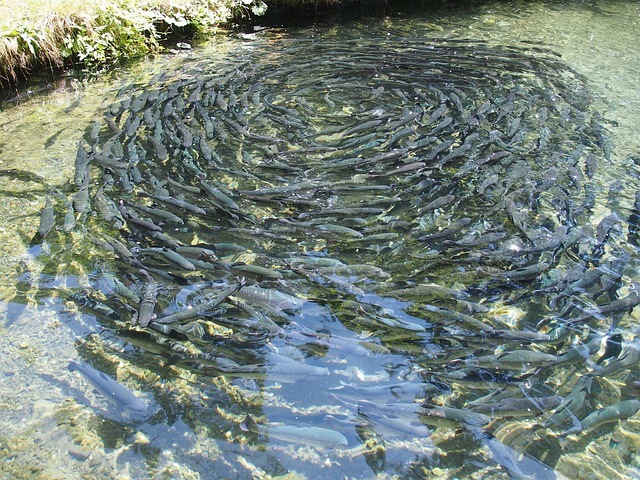Tank Selection
Choosing the Right Aquaculture Tank for Your Farm
The success of your aquaculture venture hinges on selecting the right aquaculture tank. Whether
you’re starting a new farm or upgrading your existing facilities, the choice of tank size, material,
and design plays a pivotal role in achieving your production goals. In this guide, we’ll walk you
through the essential factors to consider when selecting an aquaculture tank tailored to your
needs
1. Tank Size: Tailoring Capacity to Your Goals
A
Species and Stocking Density:
Different species have varying space requirements and
growth rates. Consider the specific species you plan to farm and determine their optimal stocking
density. This information will guide you in selecting the right tank size.
B
Growth Stages:
Recognize that juvenile fish require less space than fully grown adults.
Ensure your tank size accommodates the growth phases of your aquatic organisms.
C
Production Goals:
Assess your production goals, such as target harvest size and production
volume. Your tank size should align with these objectives to maximize efficiency.
2. Tank Material: Durability and Performance
A
Fiberglass Tanks:
Fiberglass tanks are known for their durability, resistance to corrosion,
and customizable design. They are ideal for long-term use, particularly in harsh aquatic
environments.
B
Composite Tanks:
Composite tanks, which often include fiberglass, offer enhanced strength
and resistance to chemicals. They provide exceptional structural integrity and longevity.
C
Concrete Tanks:
Concrete tanks are durable but may require additional maintenance to
prevent corrosion. They are suitable for specific applications and can be customized.
D
Plastic Tanks:
Plastic tanks are cost-effective and lightweight but may not be as durable as
fiberglass or composite tanks. They are suitable for smaller-scale operations.
3. Tank Design: Functionality and Efficiency
A
Shape:
Consider the tank’s shape, such as round, rectangular, or custom designs. Round tanks
promote water circulation and reduce dead zones, while rectangular tanks maximize space
efficiency.
B
Water Flow:
Proper water circulation is critical for maintaining water quality and ensuring
oxygen distribution. Choose a tank design that supports efficient water flow and aeration.
C
Access and Maintenance:
Accessibility for routine maintenance and cleaning is essential.
Ensure that the tank design allows for easy access to all areas, including drains and inspection
ports.
D
Environmental Considerations:
Factor in the environmental conditions of your location,
such as temperature fluctuations and exposure to sunlight. Some tank materials may offer
insulation properties, which can help maintain stable water temperatures.
4. Budget and Long-Term Costs: Balancing Investment
While it’s essential to select a tank that meets your immediate needs, consider the long-term costs
associated with maintenance, repair, and replacement. Investing in high-quality, durable tanks
may lead to cost savings over time by reducing the frequency of replacements and repairs.


5. Compliance with Regulations: Ensure Adherence
Be aware of local and national regulations governing aquaculture and tank installations. Ensure
that your chosen tank design and material comply with these regulations to avoid legal issues and
fines.
Consult with Experts
Selecting the right aquaculture tank is a complex decision that warrants careful consideration.
Consulting with aquaculture experts and tank manufacturers can provide valuable insights and
guidance tailored to your specific requirements.
At Seaport Fabrication Incorporated, we specialize in designing and manufacturing aquaculture
tanks that meet the highest quality standards. Our experienced team is here to assist you in
choosing the perfect tank size, material, and design to support your aquaculture success. Contact
us today to explore our range of customizable tank solutions and receive expert advice tailored to
your farm’s unique needs.



